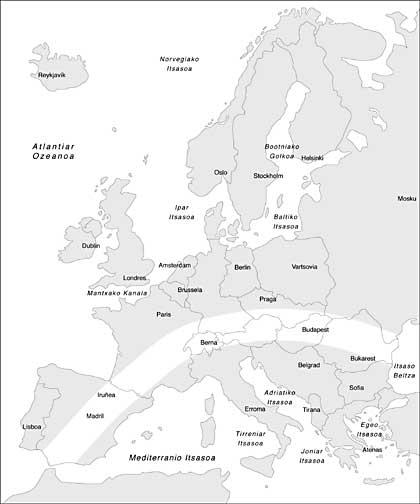Europe is built on sponge
1991/05/01 Elhuyar Zientzia Iturria: Elhuyar aldizkaria
160 million years ago, large groups of sponges or sponges covered much of today's Europe, according to Australian scientist Joe Ghiold.
Researchers have been studying the fossils of these primitive animals fed with sponges or organic matter for some time. But everyone has done their studies separately and the pieces of this great paleontological puzzle have been spread all over the world. They didn't think these sponges formed a 2,900 kilometer reef.
Mr. Ghiold began his research in Poland in 1980 and between 1986 and 1988 worked a team of scientists with different disciplines. The goal was to follow the tracks of the reef and set its limits. Today they know that this sponge reef spread from the south of the Iberian Peninsula to Romania by France, Switzerland and Germany.
The reef began to form in the Jurassic, 150-170 million years ago. In shallow temperate waters sponges of different species were developed.
At the end of the Jurassic, the sponges died lowering the water level. The remains of the sponges remained there and began to develop the coral.

Gai honi buruzko eduki gehiago
Elhuyarrek garatutako teknologia





